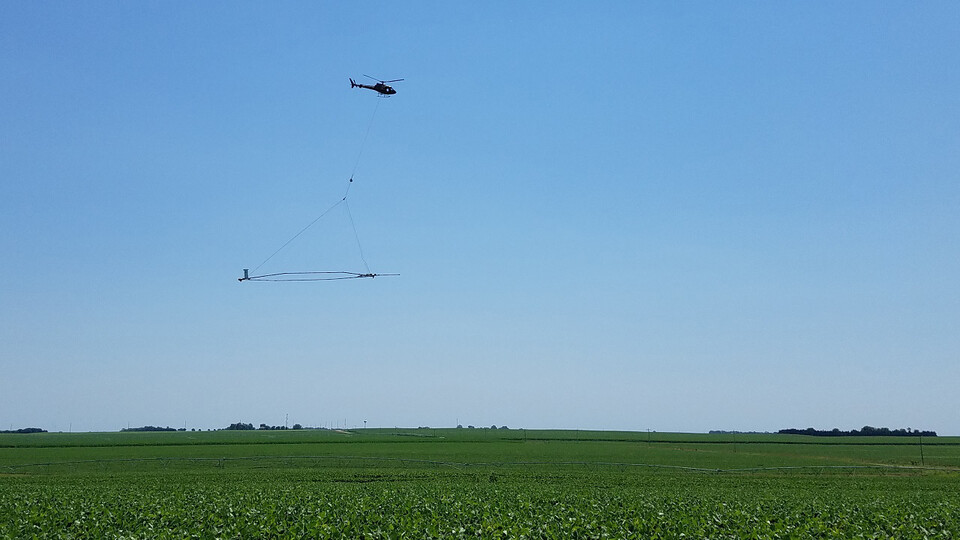
Electromagnetic Technology for Groundwater Basin Mapping
The territory of California as of late utilized electromagnetic innovation to plan its groundwater bowls. Groundwater is water that is in many cases tracked down in underground soil, sand, and rock breaks. Groundwater is crucial for California's farming and modern areas because of the state's rising recurrence of dry seasons. Many years of impractical extraction has prompted the lessening of this asset. Hence, planning the excess groundwater sources is vital. The California Division of Water Assets (DWR) is the organization driving endeavors to start the utilization of this new innovation. They comprehend the significance of getting exact data about groundwater assets to help dry spell reactions. This is essential for a more extensive work to all the more likely put resources into California's water property and start dealing with economical intercessions. How Does Electromagnetic Innovation Function? The DWR plans to gather information utilizing airborne electromagnetic overviews.
This includes a helicopter conveying messages that skip off various ground structures. These signs would have the option to identify where groundwater bowls are. Besides, this innovation is solid since it can enter up to 1,000 feet underneath the ground. Between December 2021 and November 2023, the state planned around 16,000 line miles of information across 100 groundwater bowls. Electromagnetic innovation enjoys a few upper hands over the customary techniques at present being used: It is painless. It utilizes signs to gather information from the surface, which eliminates the need to bore and upset the environment. It takes into consideration high-goal imaging. Thus, scientists get a more clear image of the condition of groundwater bowls. It considers quick information assortment. Consequently, enormous regions can be examined in considerably less time than customary strategies would have required. Customary Techniques That Damage the Climate Customarily, scientists need to penetrate wells and disturb the environment to look into the condition of groundwater bowls. These endeavors are both tedious and costly. Moreover, this makes it moving for specialists and policymakers to plan the whole region that requirements research. This has been an issue for quite a while. These techniques likewise don't give an adequate number of information to specialists, as they are frequently incapable to catch complex land underground designs.
These designs influence the stream and capacity of groundwater. Thusly, they give significant information to understanding the requirements of a groundwater framework. Besides, these techniques incorporate restricted spatial inclusion. It's challenging to have various penetrating undertakings over enormous wraps of land, particularly assuming that they're troublesome to the biological system. The Eventual fate of Electromagnetic Innovation Use Compelling planning would permit scientists and government laborers to find undiscovered groundwater and assist networks with relying less upon surface water. This is particularly pivotal with a surprising environment. Besides, exact information assortment and the board would permit policymakers to settle on informed long haul choices that better location water shortage. At present, the's scientists will probably join information gathered from electromagnetic planning with information that exists on a neighborhood level. The object is to limit these endeavors. Since the venture is demonstrated to be viable, it wouldn't be astonishing for see different states sticking to this same pattern. WATER CRISISWATER INFRASTRUCTUREWATER Innovation